Everyone loves riding through a captivating trail system, but not many people know how to go about creating and maintaining an intricate network of trails. If you’ve ever wondered what it takes to build up and look after off-road trails, this is for you.
The Bear Creek OHV Recreation Site covers 85,000 acres and is the largest recreation site in B.C., situated just outside of Kelowna. The location was set aside by the provincial government in 2006 along with $280,000 in funding. There were several previously made, unregulated trails within the area. The trail architect evaluated the area and then built off of that, minding the environment, slope, water and drainage to make sure that the trails were built properly. The trailblazing pioneers responsible for crafting Bear Creek started with a good, strong group of volunteers, followed by the purchase of a trail-sized bulldozer, a mini excavator and a mini dump truck. The group put the trial system together over a three-year span; there are now over 330 kilometres of marked trail.
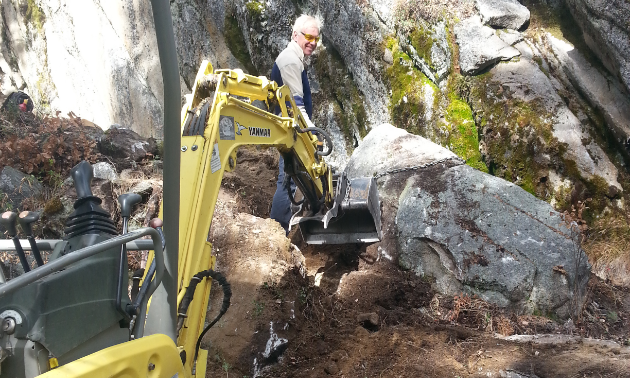
Mini excavators are necessary to build trails. — Photo courtesy Kent Jorgenson
Besides the physical act of altering terrain, a large amount of building and maintaining a trail system involves the government. “When it comes to trail building, everything has to be approved by the government,” said Kent Jorgenson, Okanagan Trail Riders Association president. “The government authority has complete control over the site.”
The Okanagan Trail Riders entered into a 10-year partnership agreement with the provincial government, detailed by a 20-page document that lays out the club’s responsibilities as stewards to the area. “Every year, we have to come up with an operating plan that gets submitted to the government and approved,” Jorgenson said. “The operating plan has any projects that we're going to work on for the year, our budget for the year and our employees—they have to be identified and put in the report. We track our membership, day visits, where those visitors are from and volunteer hours. The more volunteers and hours, the more the insurance is going to be. We have three different insurance policies. Make sure that your insurance is in order. That's a big deal.”
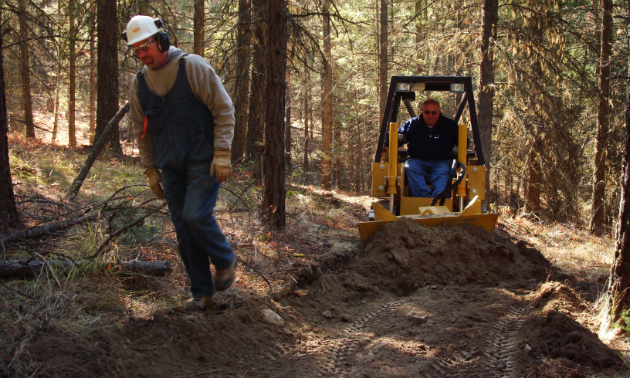
Mini bulldozers pave the way for new trails at the Bear Creek Recreation Site. — Photo courtesy Kent Jorgenson
Something else to keep in mind is the pace at which the government gets things done. “The government doesn't work that fast,” said Jorgenson. “Working with the government is something you have to be patient with and respectful of.”
Once the trail system is set up, approved and ready to go, the arduous task of maintaining the established trails becomes the priority. Bear Creek has a full-time operations manager who does the majority of the trail maintenance during the spring and summer months, using a Swepco mini bulldozer and a Yanmar mini backhoe excavator. The remainder of the paths are done by hand via picking and digging. Whatever gets dug up is reused again within the site.
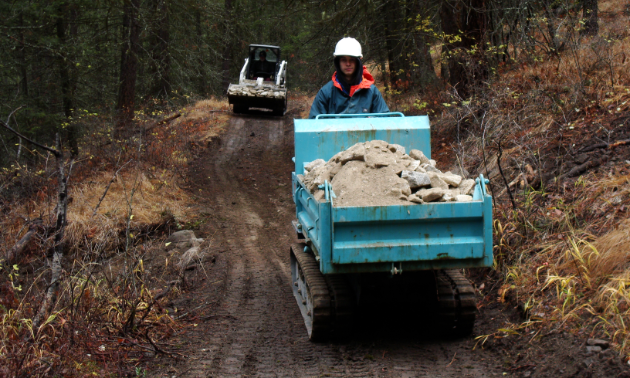
Whatever gets dug up is reused again within the Bear Creek Recreation Site. — Photo courtesy Kent Jorgenson
Bear Creek’s number one maintenance issue is winterfall and blowdown. “It's at least a month of going out and taking trees out that have fallen across the trail system,” Jorgenson said. “Our operations manager and two or three others ride the trails until they find a tree that's fallen over and make it safe again. Sometimes there's a bad windstorm and maybe there's 20 or 30 trees that have fallen across. It's more than a one-guy job.
“On top of that, we ask our club members to volunteer. You can have the greatest system in the world but if you don't have the volunteers to man it, you've got a problem.”
From there, the Okanagan Trail Riders organize trail cleaning parties in groups of three people with one certified chainsaw person. The operations manager surveys the area and directs the volunteers.

Kent Jorgenson is president of the Okanagan Trail Riders Association. — Photo courtesy Kent Jorgenson
As you can imagine, maintaining 330 kilometres of trails on 85,000 acres of land is a daunting task for a small motorcycle club. As such, the Okanagan Trail Riders have enlisted the aid of a local ATV club and are working on making the system more ATV and side-by-side friendly.
“The next thing to do is utilize forest roads and deactivated logging roads as our next part of the trail system,” said Jorgenson. “We're doing that to be budget conscious and will embrace the quad and side-by-side community. The area was originally 100 per cent dirt bikers. Now the club is about 70 to 30 (dirt bikes to ATVs). We're looking at ways to increase our budget and one of the first things we look at is increasing our ridership. By putting the deactivated roads into our trail system, we're going to add 150 to 200 kilometres of good quad and side-by-side riding.”
If you’re wanting to build or maintain an existing trail system, emulating the Okanagan Trail Riders’ work on the Bear Creek OHV Recreation Site would be the way to go about doing it.
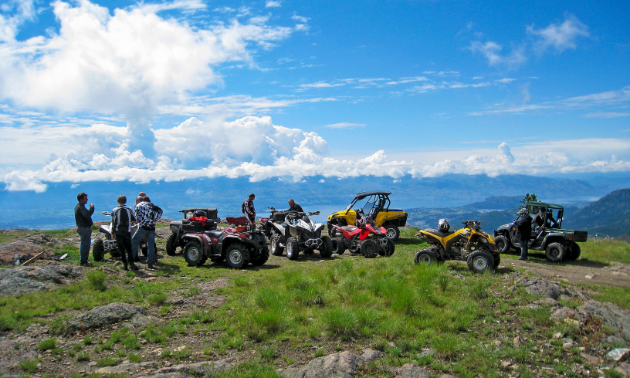



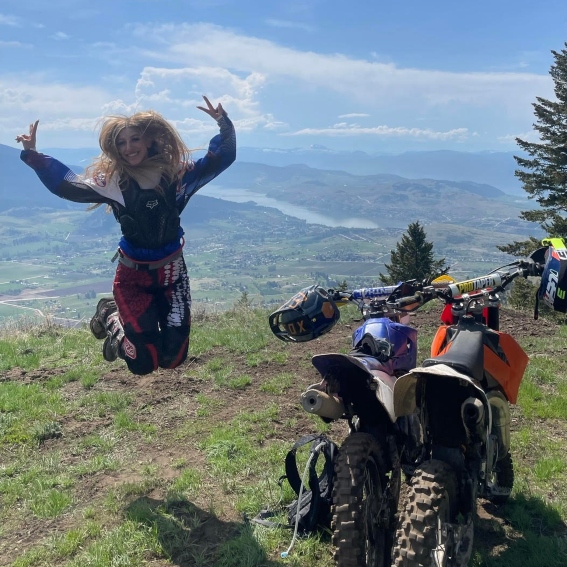
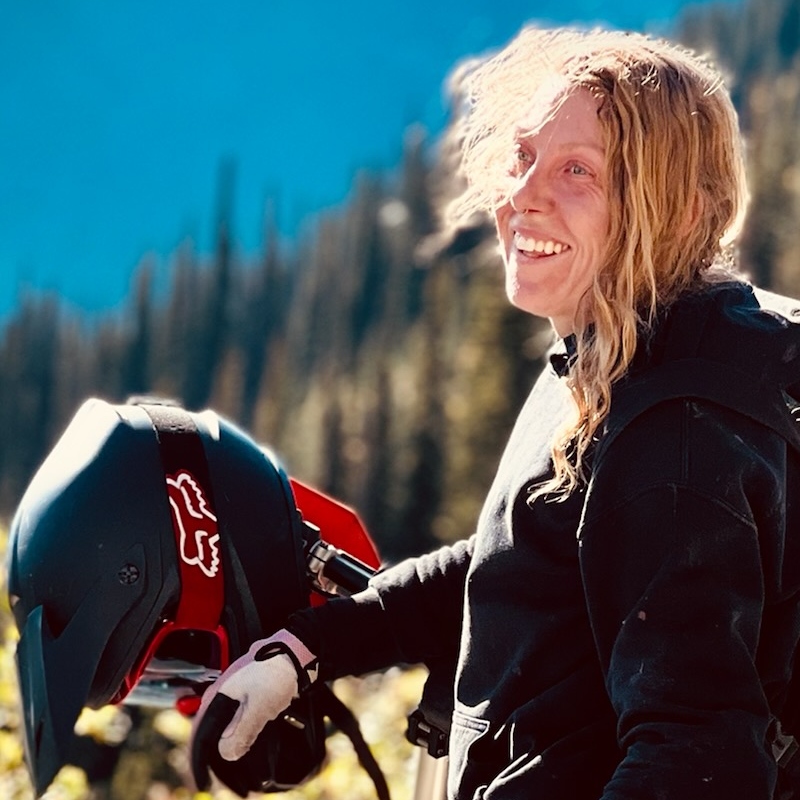
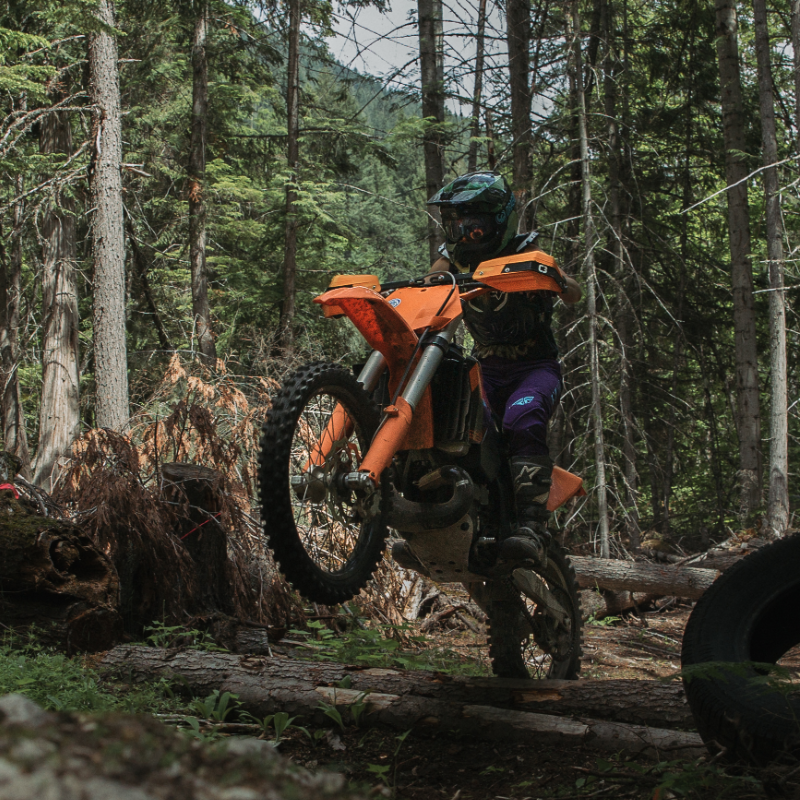

Comments